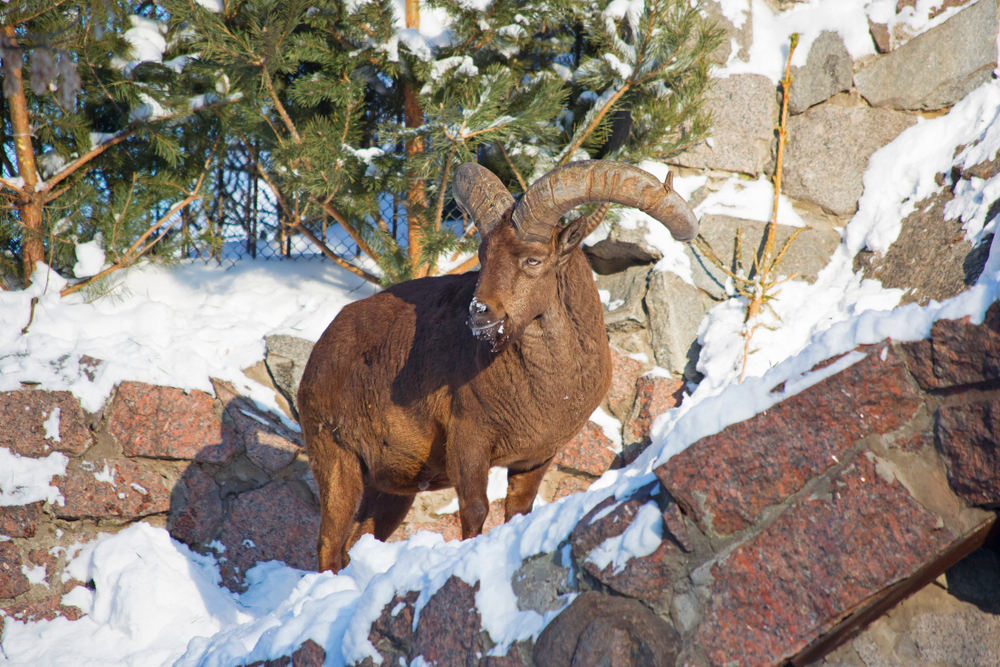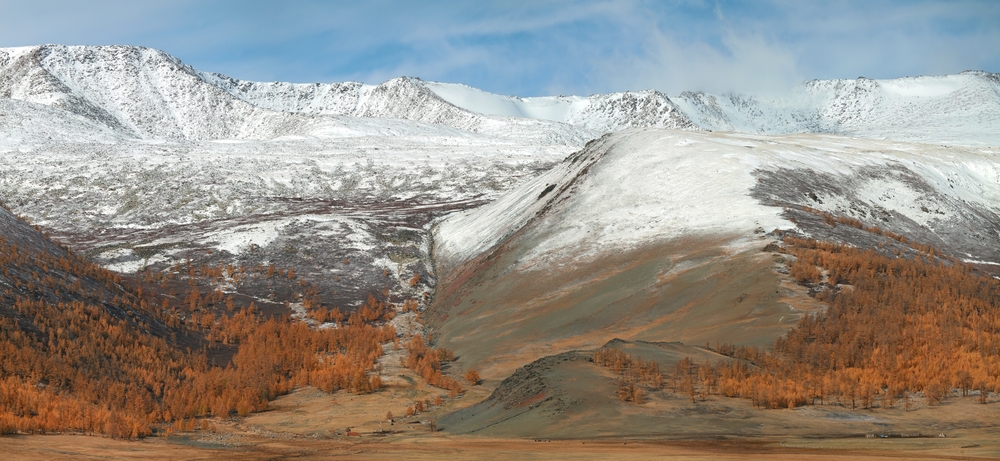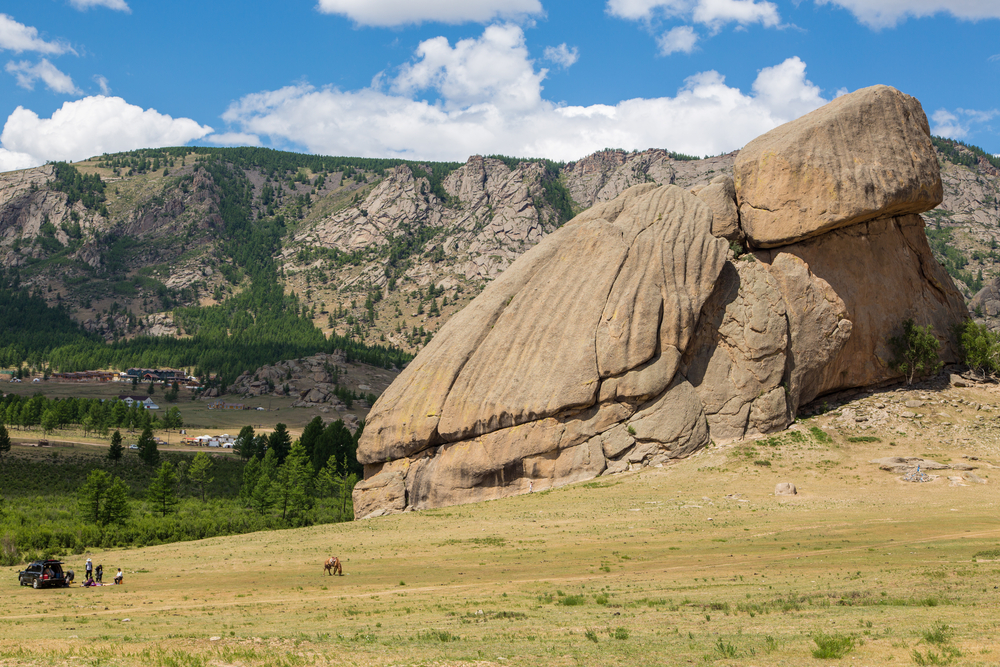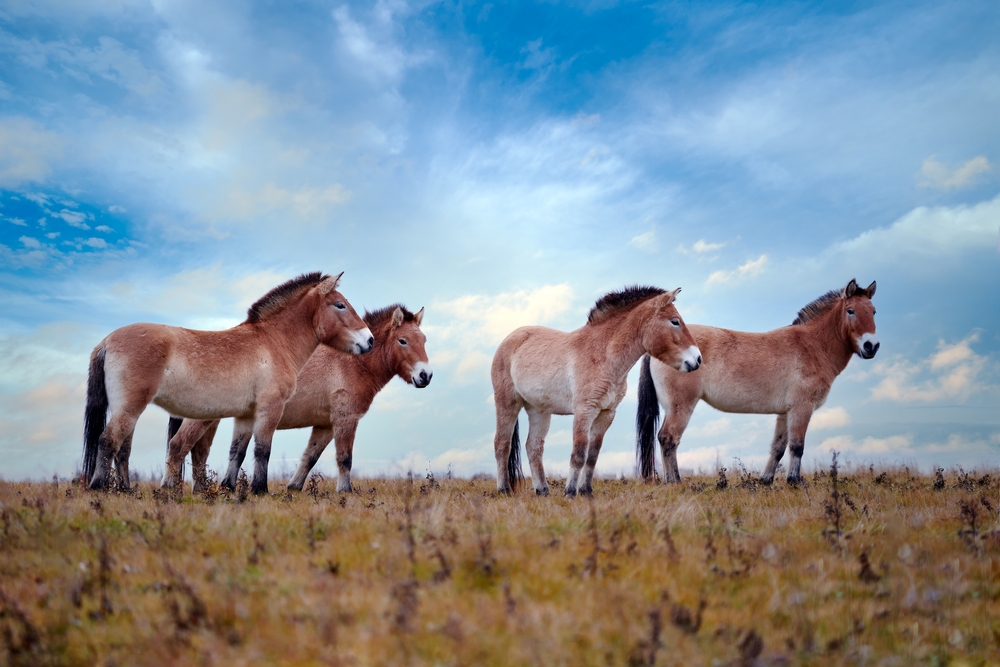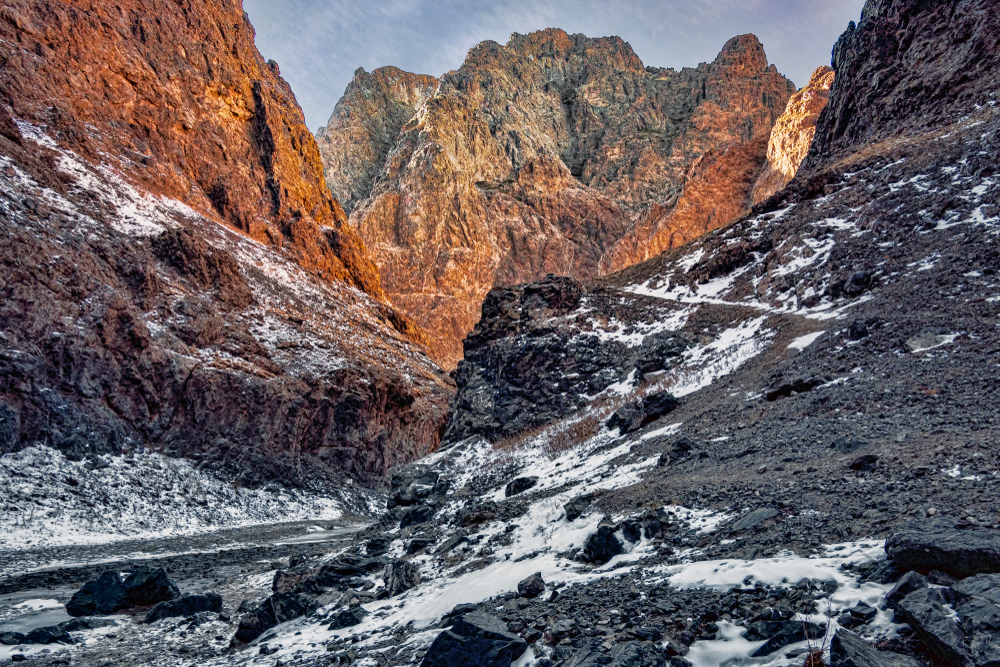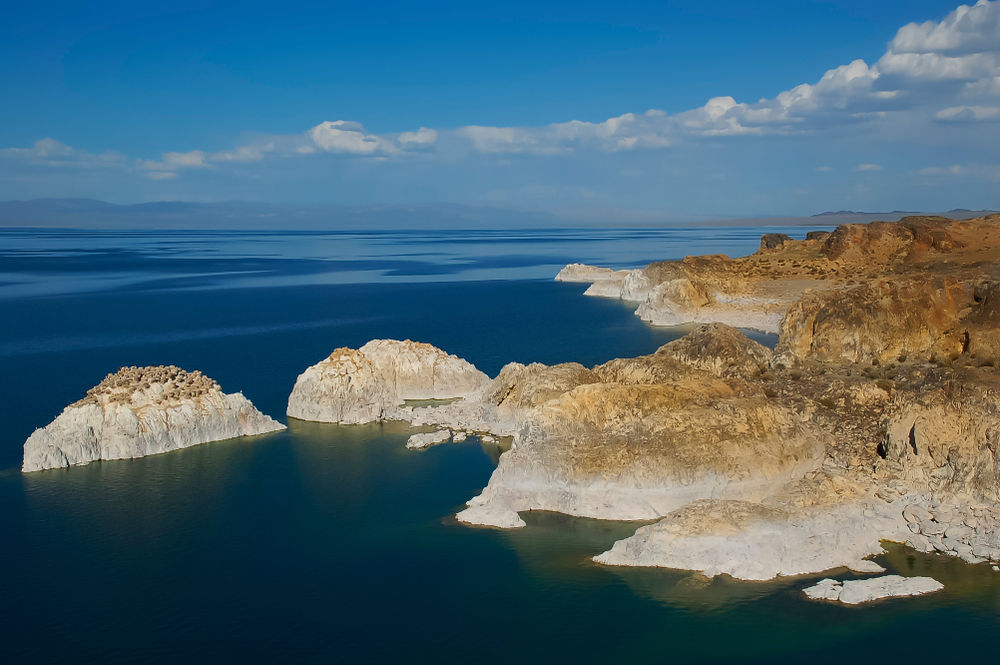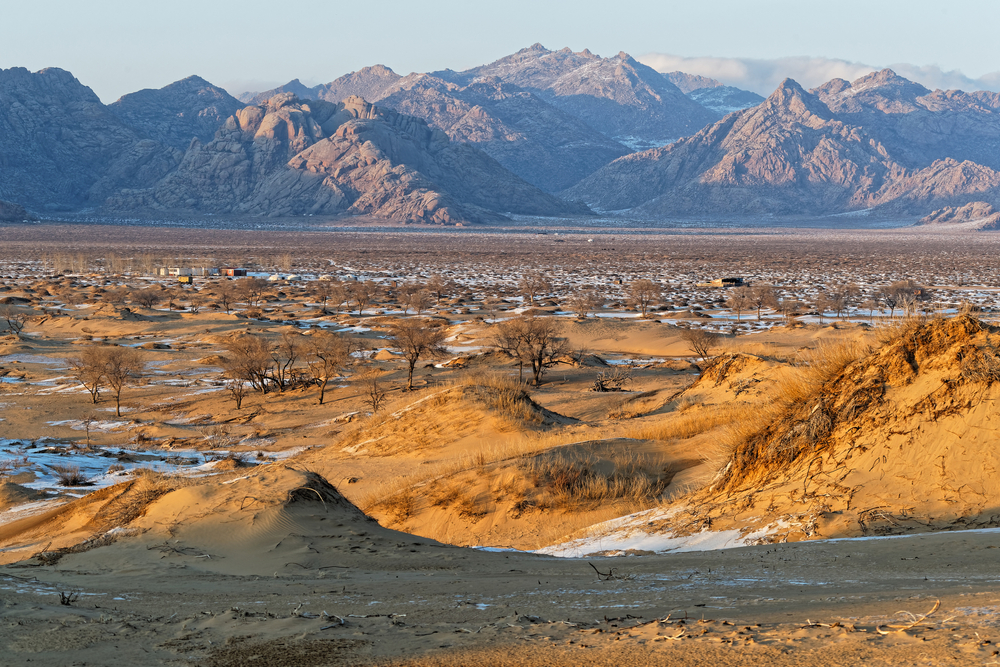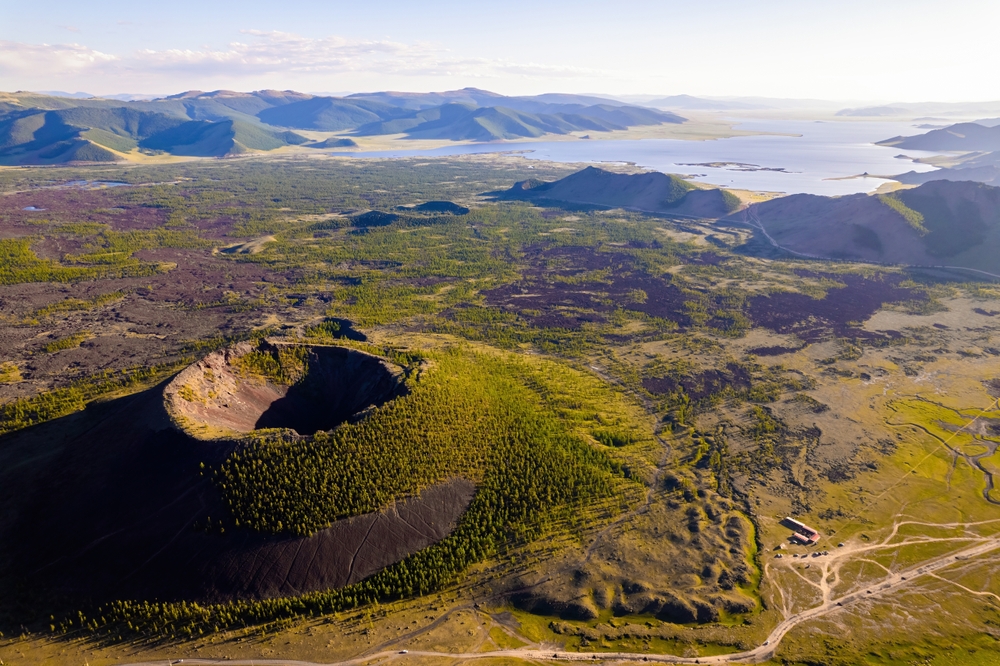Munkhkhairkhan Overview
Munkhkhairkhan National Park, known locally as Мөнххайрхан Байгалийн Цогцолборт Газар, is a striking natural treasure located in western Mongolia, within the Bayan-Ölgii Province. Spanning approximately 1,621 square miles (4,200 square kilometers), this park is home to dramatic landscapes that showcase the pristine beauty of the Altai Mountains.
The park is named after Munkhkhairkhan Mountain, which towers at an impressive 4,204 meters (13,793 feet), making it one of the most prominent peaks in the region. The terrain is a captivating blend of rugged mountain ranges, expansive alpine meadows, glacial valleys, and clear streams, all framed by the stark beauty of the steppe.
The park’s vegetation is as diverse as its landscapes. At lower altitudes, visitors will find grasslands dominated by various species of shrubs and herbs, while the higher altitudes feature alpine vegetation, including mosses and lichens adapted to the colder climate.
The glacial valleys host scattered forests of larch and Siberian pine, providing crucial habitats for the park’s wildlife. Seasonal wildflowers add bursts of color to the meadows, creating a dynamic mosaic of plant life throughout the warmer months.
Wildlife in Munkhkhairkhan National Park is a significant draw for visitors, as it supports a wide range of species, including some rare and endangered animals. Snow leopards, one of the most elusive predators, roam the rugged peaks, while Argali sheep and Siberian ibex scale the rocky slopes with incredible agility. Red foxes, marmots, and wolves are also commonly spotted.
Birdwatchers will be delighted to find species like golden eagles, bearded vultures, and Himalayan vultures soaring above the park’s dramatic landscapes. These creatures thrive in the park’s relatively undisturbed environment, making it a critical refuge for biodiversity in Mongolia.
Visitors to Munkhkhairkhan National Park are often captivated by its pristine and untouched feel, which lends itself to various activities. Trekking and mountaineering are popular pursuits, with trails that wind through valleys and ascend challenging peaks.
Photography enthusiasts are drawn to the park’s striking vistas and abundant wildlife, while cultural experiences can be enjoyed through interaction with local Kazakh communities who live in and around the area. Winter months offer opportunities for adventure, including ice climbing and wildlife tracking.
Conservation efforts in Munkhkhairkhan National Park have seen mixed outcomes. While its remote location helps preserve much of its natural beauty, challenges such as climate change, illegal poaching, and unsustainable grazing practices pose ongoing threats. However, the Mongolian government, along with international conservation organizations, has implemented initiatives to monitor wildlife populations and promote sustainable tourism. These efforts aim to balance ecological protection with the cultural and economic needs of the local communities.








































































